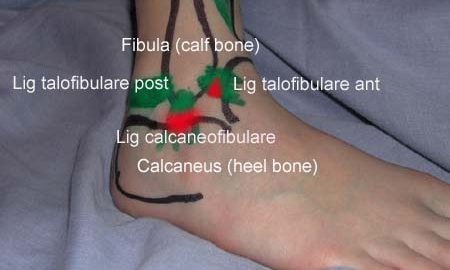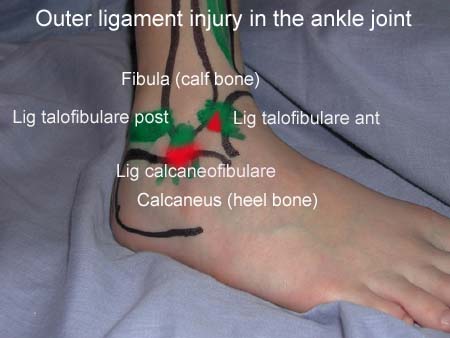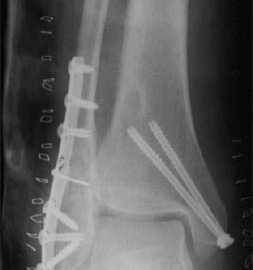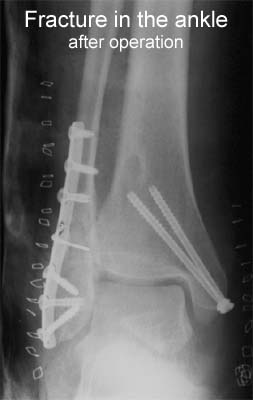|
Is stress radiography necessary in the diagnosis of acute or chronic ankle instability?
Frost SC, Amendola A. Clin J Sport Med 1999 Jan;9(1):40-5.
BACKGROUND.
Clinicians often use the talar tilt (TT) and anterior drawer (AD) stress x-rays to diagnose acute or chronic mechanical ankle instability. However, the wide range of TT and AD values in normal and injured ankles makes interpretation of the test results difficult.
OBJECTIVE.
To critically review the literature and determine the accuracy of stress radiography in the diagnosis of mechanical ankle instability.
DATA SOURCES.
MEDLINE was searched for relevant articles published since 1966 using MEDLINE subject headings (MeSH) and textwords for English articles related to ankle injuries and radiography. Additional references were reviewed from the bibliographies of the retrieved articles. The total number of articles reviewed was 67. Of these, 8 studies met criteria for inclusion and were analyzed.
STUDY SELECTION.
Only clinical studies that used surgical exploration as the gold standard for diagnosing lateral ligament rupture were evaluated for this study. Cadaver or laboratory studies were excluded.
DATA EXTRACTION AND SYNTHESIS.
In reviewing the literature, pertinent strengths of the different study designs were emphasized. From these data, particular attention was paid to the diagnostic accuracy of each study in comparing TT and AD stress x-rays to surgical confirmation of lateral ligament rupture.
MAIN RESULTS.
A total of eight prospective clinical series satisfied the inclusion criteria. Seven of the eight assessed acute ankle instability as the outcome and one assessed chronic ankle instability. Of the seven studies that focused on acute ankle injuries, only one concluded significant benefit in using stress views to diagnose lateral ligament rupture. Three of the seven reported a positive relationship between stress radiography and surgical findings, although all six studies concluded that TT and AD stress x-rays are not reliable enough to make the diagnosis. The authors who assessed chronic ankle instability stated that TT and AD stress views combined were not useful in defining ankle instability.
CONCLUSION.
The published data regarding TT and AD stress x-rays are too variable to determine accepted normal values compared with injured values. There are insufficient data for comparison of the use of mechanical versus manual techniques, or use of local anesthetic to facilitate the stress test. Because the treatment evolution of all acute ankle sprains is toward functional nonoperative treatment and because treatment does not depend on the degree of ankle instability on stress views, the TT and AD stress x-rays have no clinical relevance in the acute situation. In cases of chronic instability, the large variability in TT and AD values in both injured and noninjured ankles precludes their routine use.
|





